Choosing the Right Granulator for TSP and SSP Fertilizer Production
Choosing the Right Granulator for TSP and SSP Fertilizer Production
In the production of fertiliser, particularly triple superphosphate (TSP) and single superphosphate (SSP), selecting the appropriate granulator is an absolute must for ensuring product quality, efficiency, and profitability. The granulation process directly impacts the physical properties of the fertiliser, including granule size, density, and nutrient availability – so it’s really important to get it right! The various granulator for TSP and SSP production and offers guidance on choosing the right equipment for your specific needs.
TSP Fertilizer
Triple superphosphate is a concentrated source of phosphorus, typically containing 44-48% P2O5. It is produced by treating phosphate rock with phosphoric acid. TSP is favored for its high nutrient content and rapid availability to plants.
SSP Fertilizer
Single superphosphate is a more traditional fertilizer, containing approximately 16-20% P2O5. It is made by treating phosphate rock with sulfuric acid. While it has a lower nutrient concentration than TSP, SSP is widely used due to its cost-effectiveness and additional nutrients like calcium and sulfur.
Key Considerations for Granulator for TSP and SSP
When choosing a granulator for TSP and SSP production, there are so many exciting factors to consider!
1. Granule Size and Uniformity

The desired granule size and uniformity are critical for efficient fertiliser application and plant uptake – it’s so important to get this right! TSP and SSP fertilisers are best when the granules are between 2 and 4 mm in diameter. It’s essential that the chosen granulator is capable of producing consistent granule sizes within this range.
2. Production Capacity

The production volume required is an important factor in choosing the perfect granulator! Larger operations can benefit from rotary drum or pan granulators, while smaller facilities might find batch granulators more suitable – the choice is yours! Knowing what you’re aiming for in terms of production capacity is the first step to finding the perfect piece of equipment!
3. Energy Efficiency
Reducing energy consumption is a fantastic way to cut costs in fertilizer production! Selecting a granulator that maximises energy efficiency while maintaining high output is a fantastic way to save money! Double-roller granulators are a fantastic choice for those looking to save energy. They require less energy than other types, making them a great option for anyone looking to reduce costs.
4. Raw Material Characteristics

The physical and chemical properties of the raw materials used in TSP and SSP production, such as moisture content and particle size distribution, can affect granulator performance – so it’s important to choose the right granulator for the job! It is absolutely essential to choose a granulator that can accommodate the specific characteristics of the materials being processed.
5. Flexibility and adaptability are two fantastic advantages offered by a granulator that can handle various formulations. The fantastic thing about this granulator is that you can switch between TSP and SSP production with minimal adjustments. This allows you to make the most of your resources and respond to market demands in an instant when use granulator for TSP and SSP!
Type of Granulator for TSP and SSP Production
There’s no doubt about it: Rotary drum granulators are the go-to choice for the production of both TSP and SSP fertilisers! The raw materials are fed into a rotating drum, where they are mixed and agglomerated into granules with the help of moisture and binding agents. This is an amazing process that transforms the raw materials into a finished product!
There are so many advantages to this process! This incredible machine has an impressive production capacity, making it perfect for large-scale operations. It produces uniform and spherical granules, and it’s suitable for various raw materials. This incredible machine requires a significant energy input, which is great for high-capacity production. It also has the potential for high wear on internal components, which is to be expected from such a robust piece of machinery.
Disc granulators utilize a rotating disc to agglomerate materials into granules. This method allows for better control over granule size and shape, making it suitable granulator for TSP and SSP production.
Advantages:
- Energy-efficient operation
- Compact design, requiring less space
- Adjustable tilt angle for optimized granule size
Considerations:
Lower production capacity compared to rotary drum granulators
May require additional equipment for drying and cooling
The two-in-one granulator combines the mixing and granulation processes into one step. This technology is increasingly popular for TSP and SSP production due to its efficiency and effectiveness.
Advantages:
- Streamlined process, reducing production time
- Consistent granule quality with uniform nutrient distribution
- Lower energy consumption compared to traditional methods
Considerations:
- Higher initial investment in equipment
- Requires careful operation and monitoring
Selecting the right granulator for TSP and SSP fertiliser production is absolutely essential for ensuring the very best quality products and the most efficient production processes. Each type of Granulator for TSP and SSP has its own incredible set of advantages and considerations, whether it’s a rotary drum, disc, pan, or even a two-in-one! By taking the time to evaluate all the factors involved, manufacturers can make informed decisions that will enhance their operational efficiency and product quality. All it takes is careful consideration of raw material characteristics, production scale, desired granule properties, energy efficiency, and maintenance costs.
As the demand for high-quality fertilisers continues to rise, choosing the appropriate granulation technology will play a crucial role in meeting agricultural needs while optimising production costs – it’s an exciting time for the industry! The right granulator for TSP and SSP is a changer! It not only takes TSP and SSP fertilisers to the next level in terms of quality, but it also plays a pivotal role in sustainable agricultural practices. This is great news for the future of farming and food security!
Latest Articles & Tips
More-
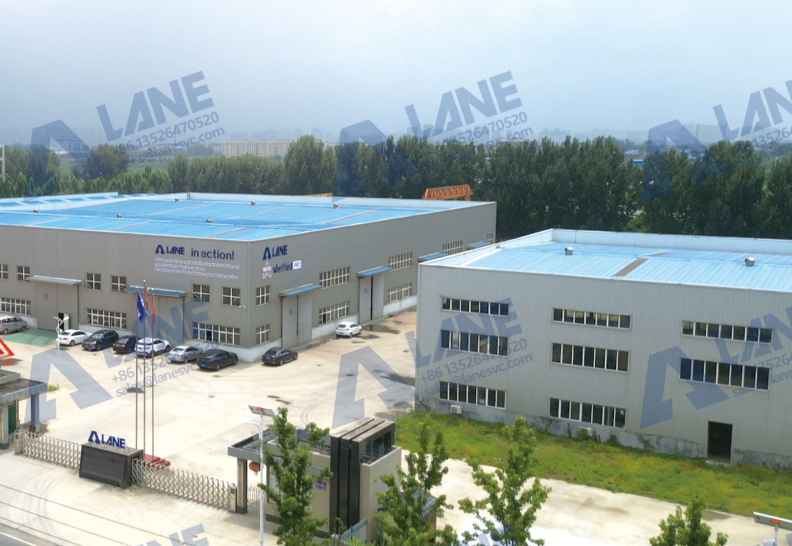
03/14
OEM Fertilizer Equipment Manufacturing: Custom Solutions for Your Production Needs
read more -

02/27
Fertilizer Granulation for DAP and MAP: Enhancing Efficiency in Fertilizer Production
read more -
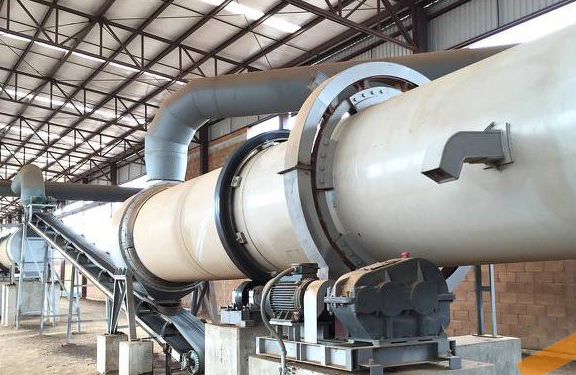
02/27
Fertilizer Production Solutions: Optimizing Efficiency and Sustainability in Fertilizer Manufacturing
read more -
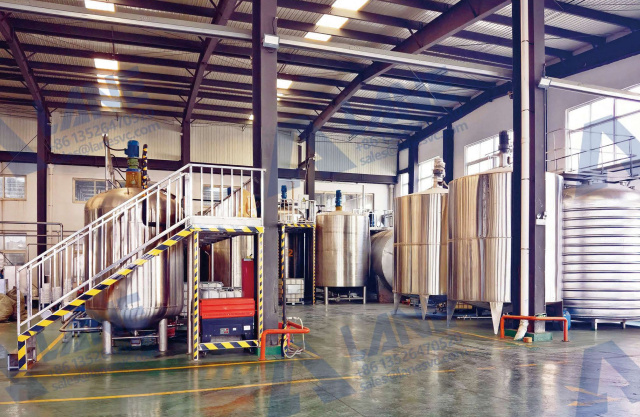
02/13
Chemical Fertilizer Production Line: Enhancing Agricultural Productivity with Precision Manufacturing
read more



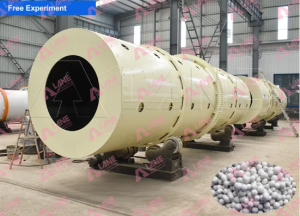

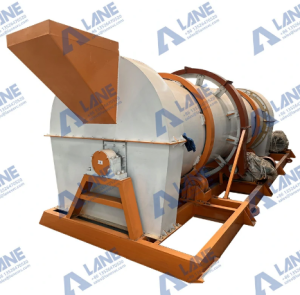
Send a message to us